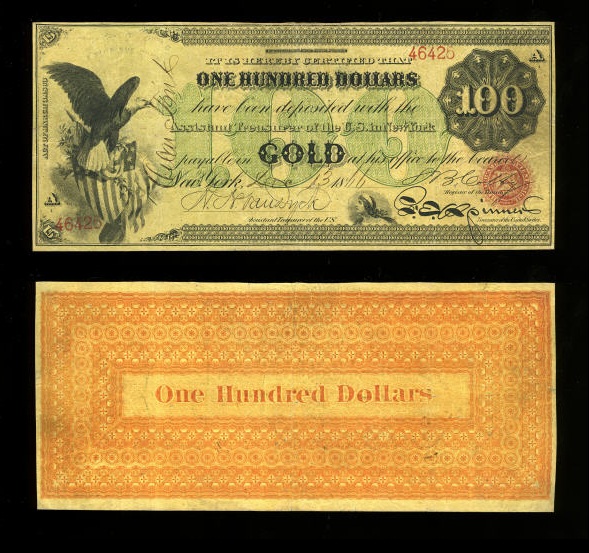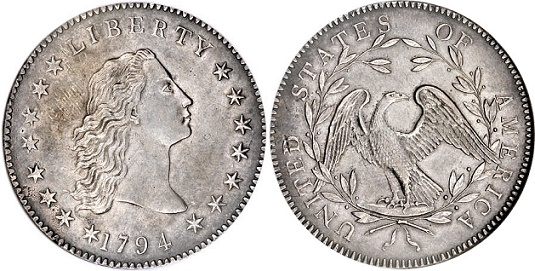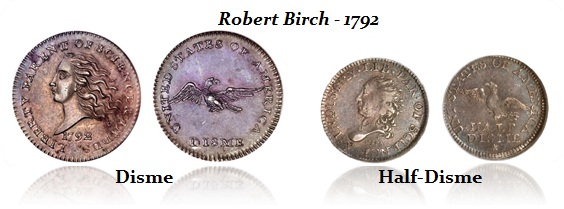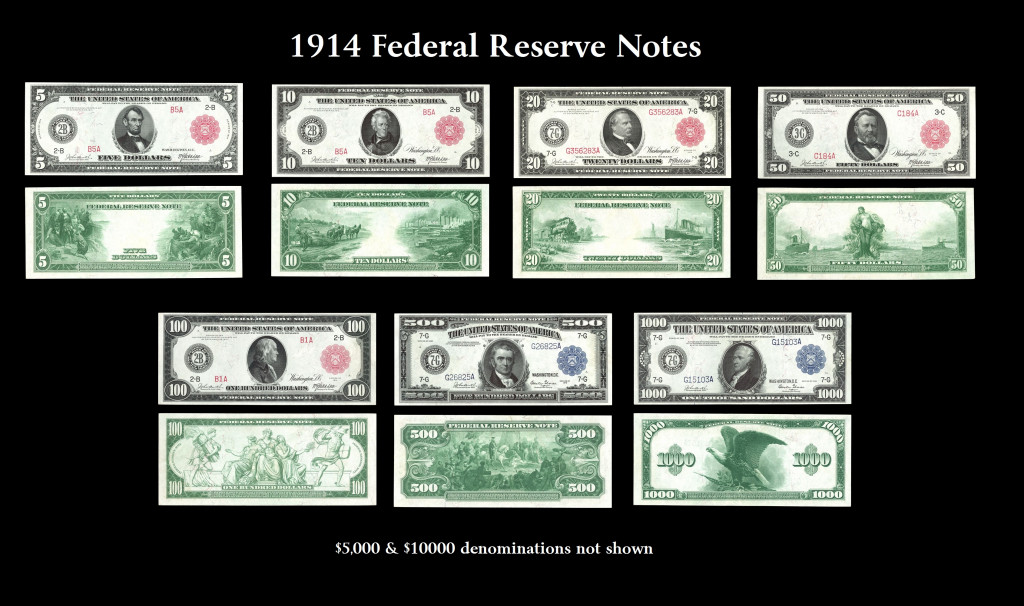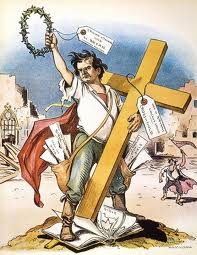QUESTION: Mr. Armstrong, I was reading one analyst who claims we need a new dollar. He said that in 1832 Gold coins were produced at a face value of $20 each, and the one ounce Silver coins retained their $1 valuation and were issued in 1792. He concluded: “In summary. A Silver coin standard in 1792. A Gold coin standard in 1832. Paper Gold/Silver Certificates in 1900. Then Federal Reserve notes in 1933. This is where it stands now. Each century a new US Dollar. So why do we need a new US Dollar?” You have shown pictures of gold backed currency before 1900 and you wrote $20 gold pieces were not minted until the California Gold Rush in 1849. Are any of these statements remotely correct? This is very confusing.
SF
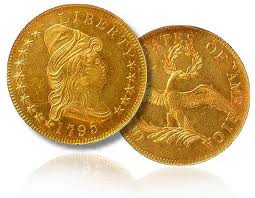 ANSWER: Sorry, but no. They are all wrong. Just pick up a US coin catalog and you will quickly see the first silver dollar was minted in 1794, not 1792. There were no silver dollars minted at all between 1805 and 1840 and the first $20 gold coin was indeed issued during 1849 because of the California Gold Rush. The largest gold coin previously was $10 and it was issued in 1795 and here too there were no $10 gold coins issued after 1804 until 1838. So, I’m not sure where 1832 comes into play. The first gold back paper currency was issued in 1863, not 1900. That’s another strange statement.
ANSWER: Sorry, but no. They are all wrong. Just pick up a US coin catalog and you will quickly see the first silver dollar was minted in 1794, not 1792. There were no silver dollars minted at all between 1805 and 1840 and the first $20 gold coin was indeed issued during 1849 because of the California Gold Rush. The largest gold coin previously was $10 and it was issued in 1795 and here too there were no $10 gold coins issued after 1804 until 1838. So, I’m not sure where 1832 comes into play. The first gold back paper currency was issued in 1863, not 1900. That’s another strange statement.
None of these facts are remotely close to being true.
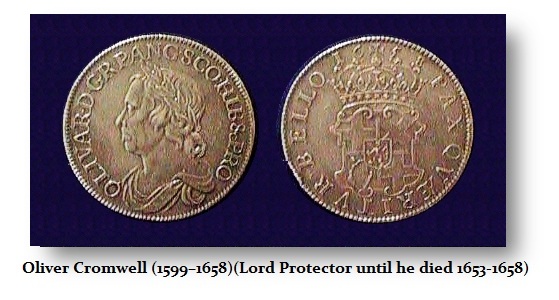 As far as 1792, Thomas Birch struck experimental coins the Disme (10 cent), Half Disme, and the One Cent. These were not the coins officially adopted by the US government and are considered to be patterns. The debate was rather profound at that time whether the coins should bare the portrait of the president as was the case of Cromwell during the English Glorious Revolution. Others rejected that concept and said it would appear to be a monarchical practice. George Washington is said to have also rejected the idea of placing himself on the coinage.
As far as 1792, Thomas Birch struck experimental coins the Disme (10 cent), Half Disme, and the One Cent. These were not the coins officially adopted by the US government and are considered to be patterns. The debate was rather profound at that time whether the coins should bare the portrait of the president as was the case of Cromwell during the English Glorious Revolution. Others rejected that concept and said it would appear to be a monarchical practice. George Washington is said to have also rejected the idea of placing himself on the coinage.
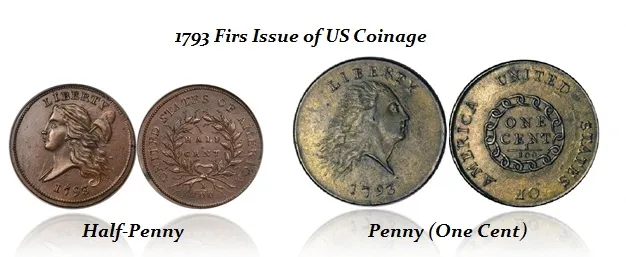
The Birch coins were therefore patterns struck during the period of debate with the portrait of Liberty. Therefore, the official coinage of the United States did not begin until 1793 with a half-penny and penny, with the silver denominations following in 1794. The first 5 cent coin was not issued until 1866 with the inflation of the Civil War. The first 3 cent coin appeared in 1851 struck in silver and the 2 cent in 1864 in bronze. The half dime was struck in silver in 1794 until 1805. Half dimes were not reissued until 1829.
What these people totally lack in their accounts is the fact that there was a crisis from the very beginning with trying to peg the dollar to European currencies despite the fact it was a silver and gold standard. In 1792, congress adopted a bimetallic standard and the 15 to 1 ratio of silver to gold. The precious metal content of a US dollar was fixed at 371¼ grains of silver or 24¾ grains of gold. Just like trying to fix the British pound in the ERM or the Swiss peg to the Euro, everything went nuts and forced the suspension of silver coinage in the United States.
By 1795, an ounce of gold in the US had a ratio of 15:1 and was under pressure because in Paris it was worth 15½ ounces of silver to one ounce of gold. By 1799, the ratio continued to expand reaching 15¾ ounces. This presented a huge arbitrage opportunity, so bullion dealers bought United States gold coins using Spanish silver coins and they shipped them to Europe to be melted and re-sold. The net capital outflow was huge and American coin was vanishing rapidly. Finally, in 1804, President Thomas Jefferson was forced to order that no more gold $10 eagles and silver coins were to be struck. All we see are copper coins being produced at this point in time.
Then by 1813, the silver/gold ratio continued to expand reaching 16¼ to 1 as gold had become very scarce. At this point in American economic history, 98% of all U.S. gold coinage would have be melted down by the bullion dealers. Gold became rare and none was being imported to the US officially. Any gold that did make it to the States was not for the US mint but only in private transactions. Beginning in the 1820s, some new gold finds were made in Georgia and North Carolina. However, the supply of gold in America was never enough to allow gold coins to circulate widely. The $5 gold half-eagles continued to be struck, but marginally with about 50,000 coins annually. In 1920, the new finds in gold sparked a sharp rise in production reaching 263,806 $5 coins. However, the show of economic power dwindled rapidly falling to under 15,000 coins struck in 1823.
There was no “bullion fund” authorized by a congress to buy bullion to be coined. Congress was strapped for cash. The U.S. dollars were accepted as the equivalent of Spanish dollars in the Caribbean, and since unworn Spanish pieces had a higher silver content than the U.S. coins, it became profitable to export the American dollars, exchanging them for the Spanish pieces which were then melted down. This is why Jefferson suspended production of silver dollars in 1804, which lasted for nearly 40 years. From that point, the half dollar became the dominant U.S. silver coin.
A crisis in the money supply had emerged. Finally, a senate committee reported in 1830 that so few quarters, dimes, and half dimes had been struck from the birth of the nation that there was less than one coin struck for each person in the country. The total face value of silver coins struck from inception was only about $25 million in silver coins minted since 1794 and the gyrations in the ratio left about $14 million still in circulation by 1830, of which $2 million represented bank reserves. Consequently, they seem to be oblivious to this history of our monetary system.
As far as when did Federal Reserve notes begin? Sorry, that was 1914 and the Fed was created in 1913. The $500-$10,000 notes were not issued until 1918. True, gold was confiscated and there was a bank holiday in 1933, but that was not the beginning of the Federal Reserve notes. I am not sure why all these dates are so wrong and how this impacts the objective of a forecast.

